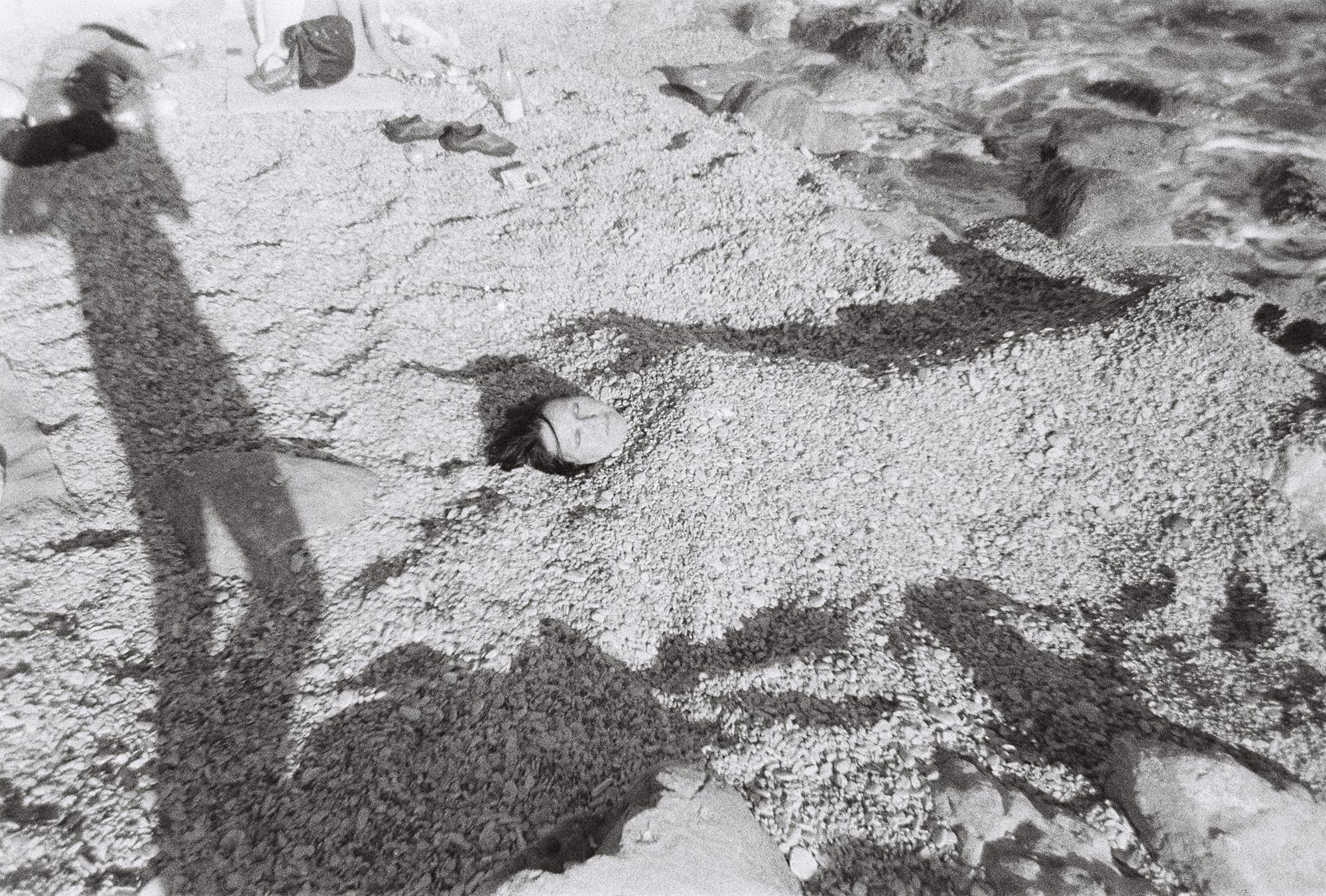
All the Borders a Photographer Can Cross
If you are learning to fly but don’t have it right, it might cause some problems for you and your gang.
Don’t fly to high, ‘cause you won’t come back from wherever you are.
Sofía Ayarzagoitia is a Mexican photographer who for several years has been interested in migration and border crossing. She portrays the relationships she establishes with many people. Sometimes her works are about herself, sometimes not, but they are always personal.
She has worked with migrants who have left their own country. As in the case of the Senegalese in Spain. She has a romantic relationship with of one of them while she was doing her master’s degree in Madrid. She recorded daily her experience sharing times and spaces with them and she made the book Everynight temo ser la dinner published by La Fábrica in 2016.
But she is also interested in crossing other types of borders: those that now, for example, who travel around the city to work have to cross; those crossed by those suffering from certain mental illnesses; or those that go through those who decide to experiment with their body.
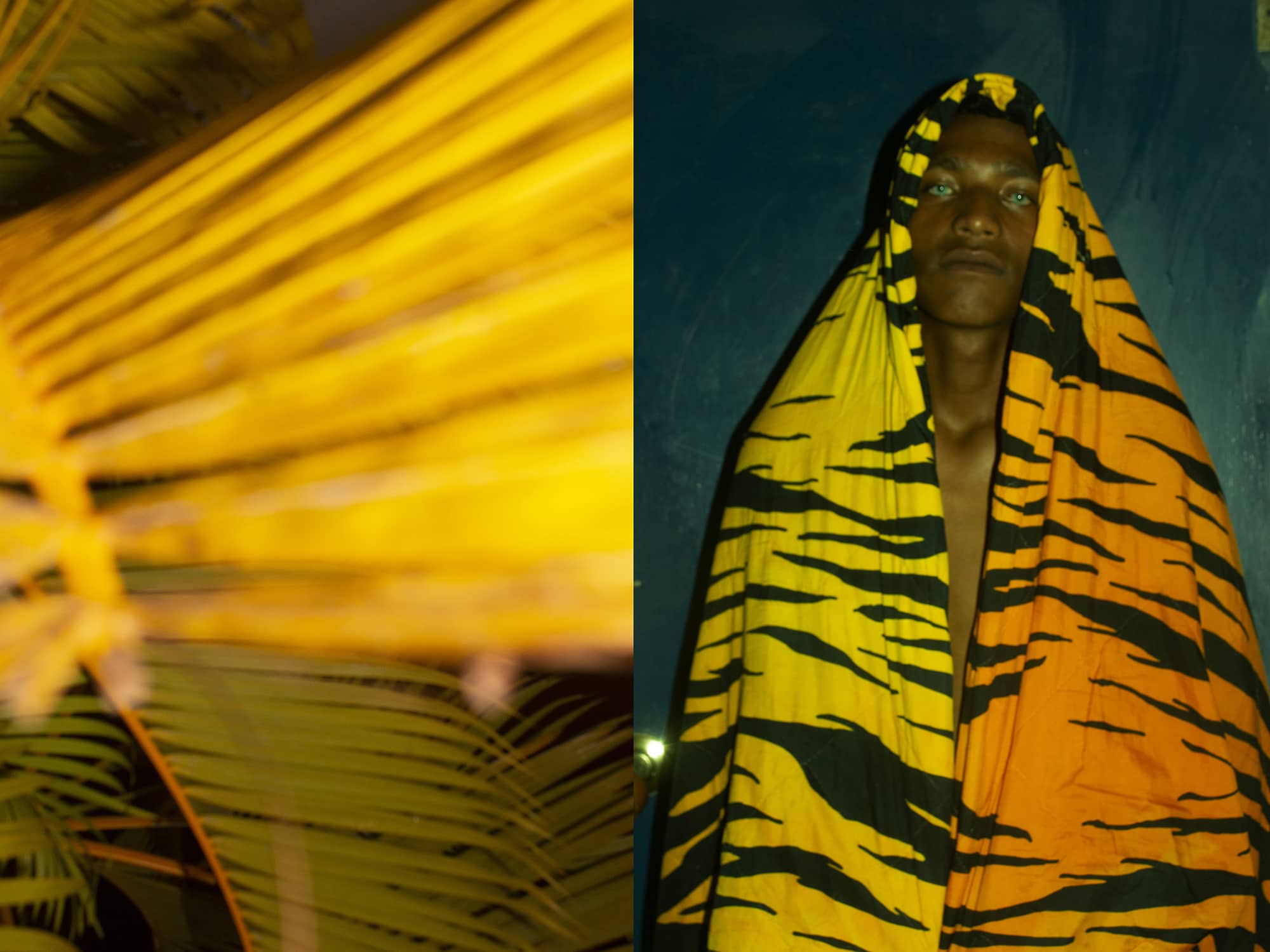
Beyond the geographical nature of the border, Sofía seeks to reflect on that concep in order to understand it from a human perspective that does not reduce it to a number. She proposes “to make visible this human process that nobody wants to see, that is embodied in the people I portray.” And that’s why she takes pictures from privacy.
Her photography also crosses borders and plays with mental states. She migrates to do them, experiments with herself and reflects on limits. She wonders what borders should we cross? Which ones should be eliminated? Which ones should we create? And she proposes “it is necessary to design and build bridges, to appropriate the linguistic territories in which we can shout identities to generate new forms of coexistence and restructure those lines that strengthen us.”
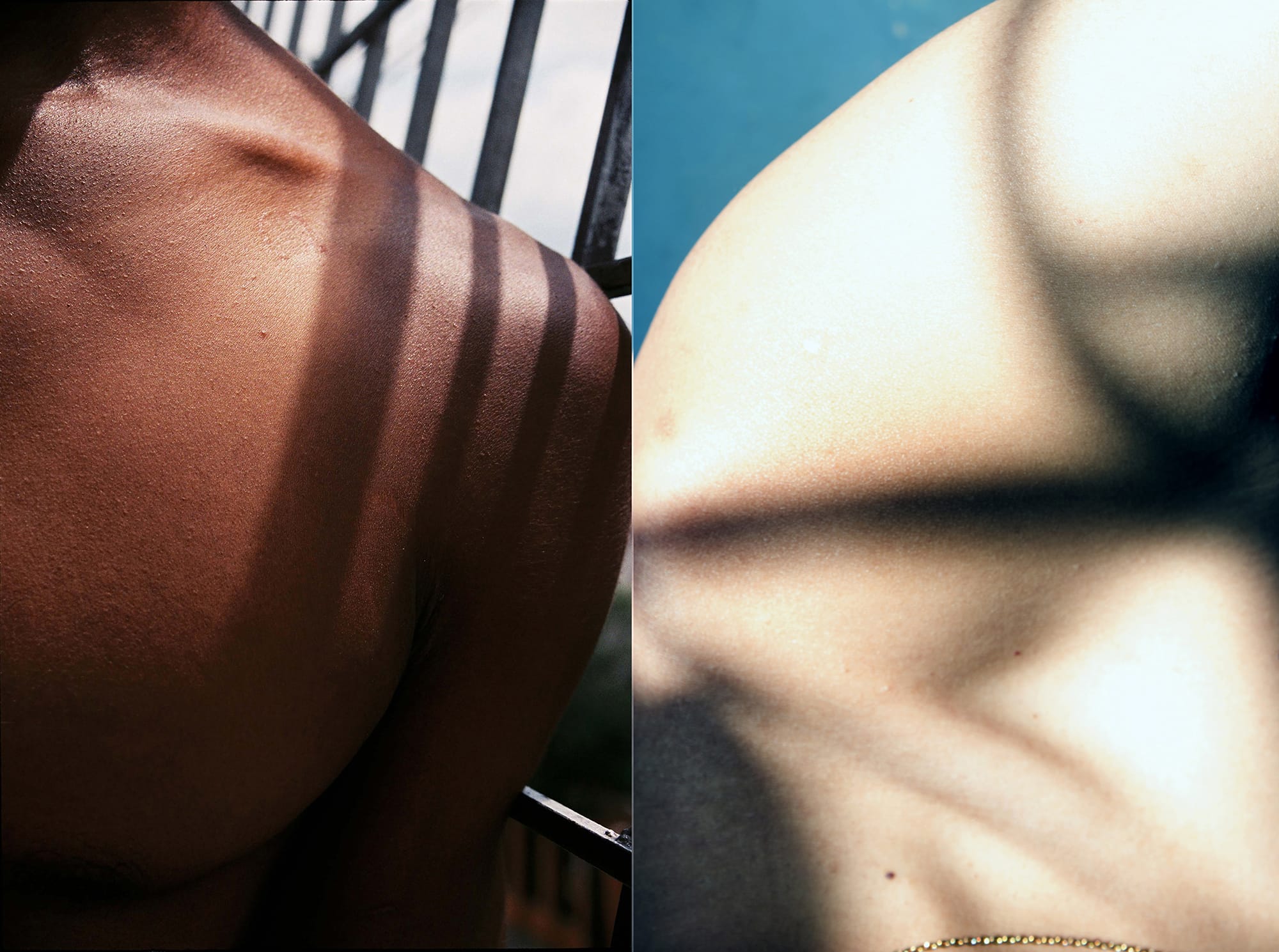
Elias the man who wanted to scratch all of his body full of ants.
A ritual for the cat, who’s death inside just his body playing around.
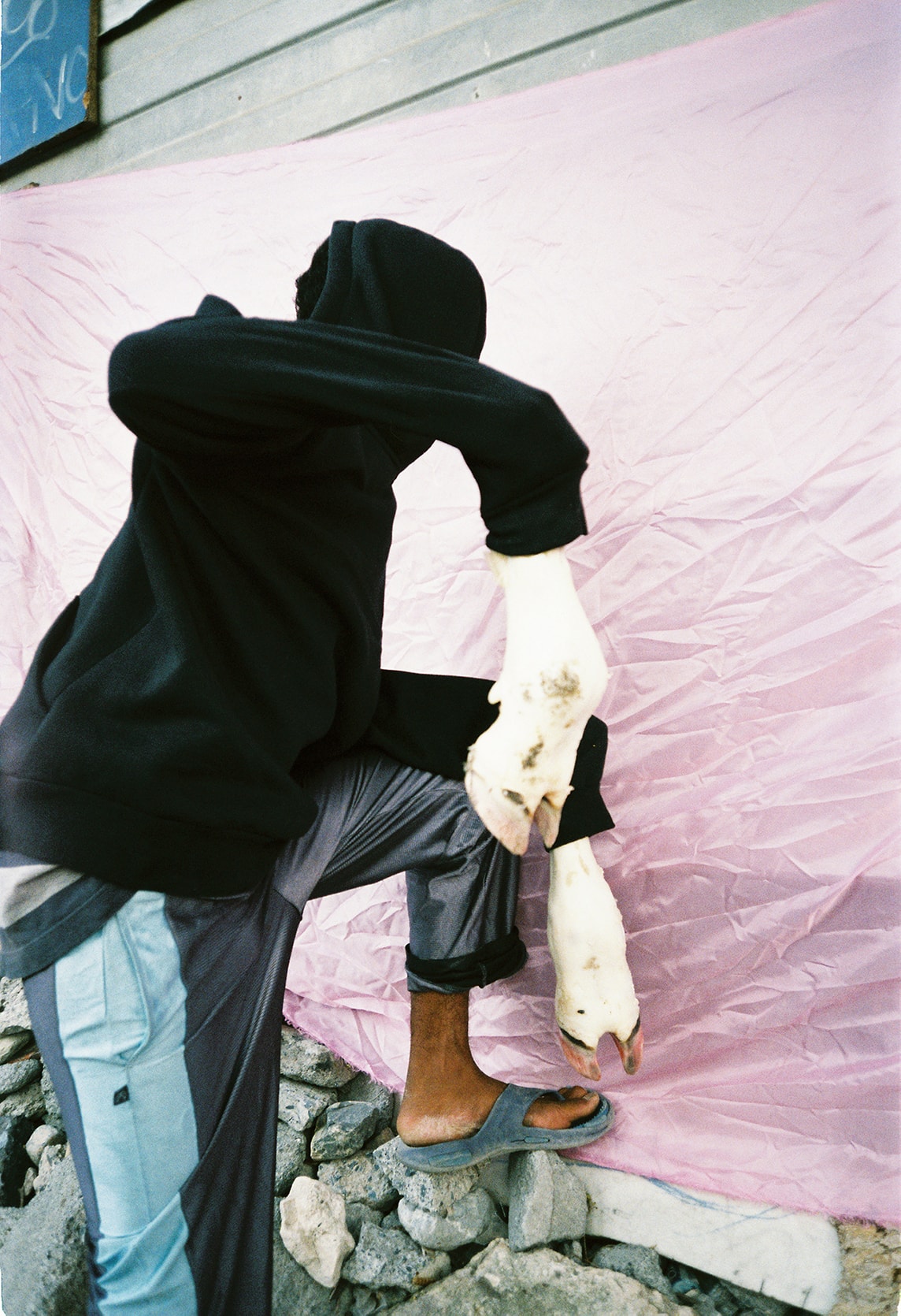
The way you portray migrants shows other sides of migration, those are not typical images.
First of all, they are very young people. The character who appears with a black sheet had to abandon his family. I am interested in talking about migration from perspectives that include, for example, migrating in the same country or in the same city. Right now there are people who come to work every day and are exposed. For me there are many types of migration.
Two death kids watching for the death police to arrive play hide and seek, it would help you survive.
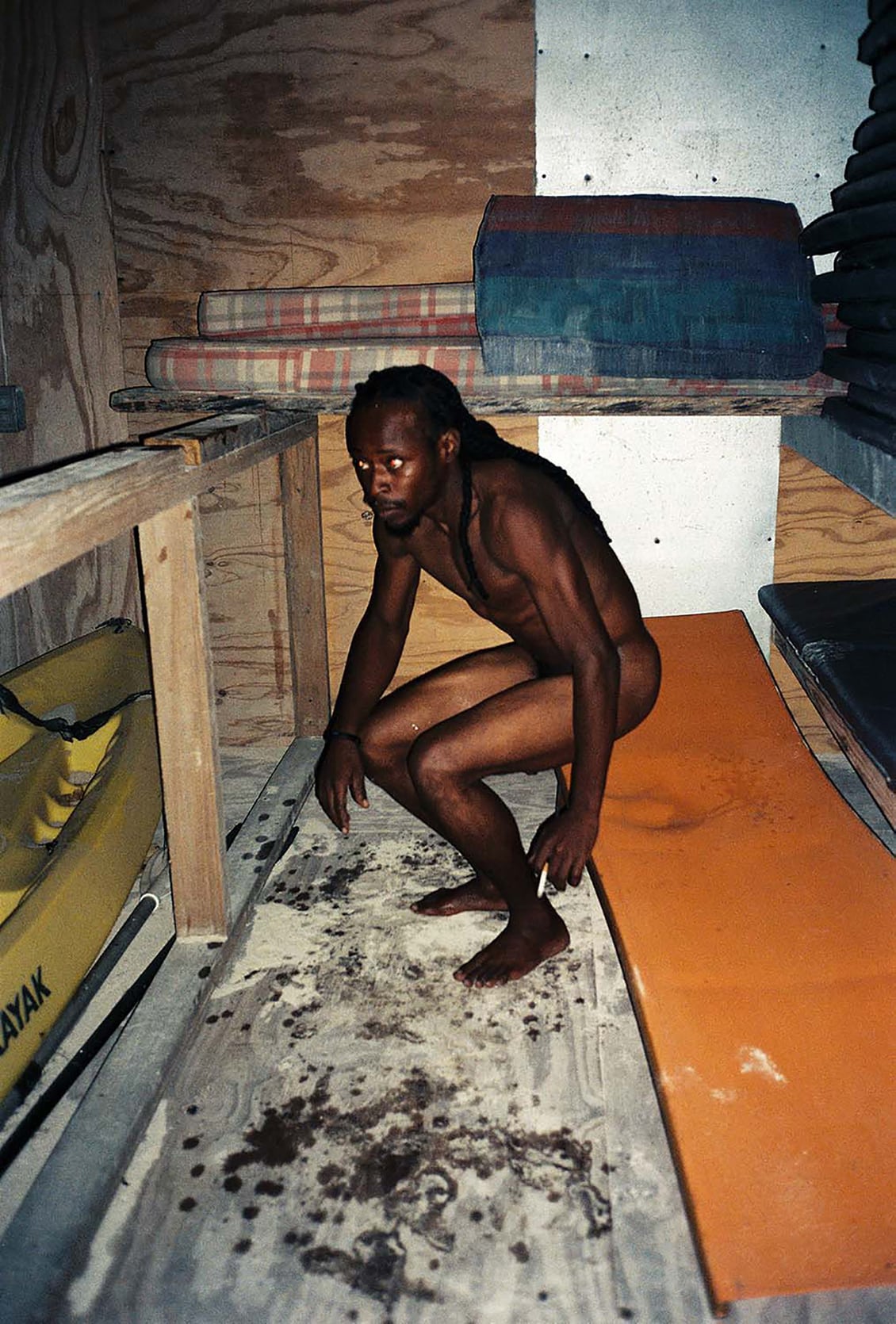
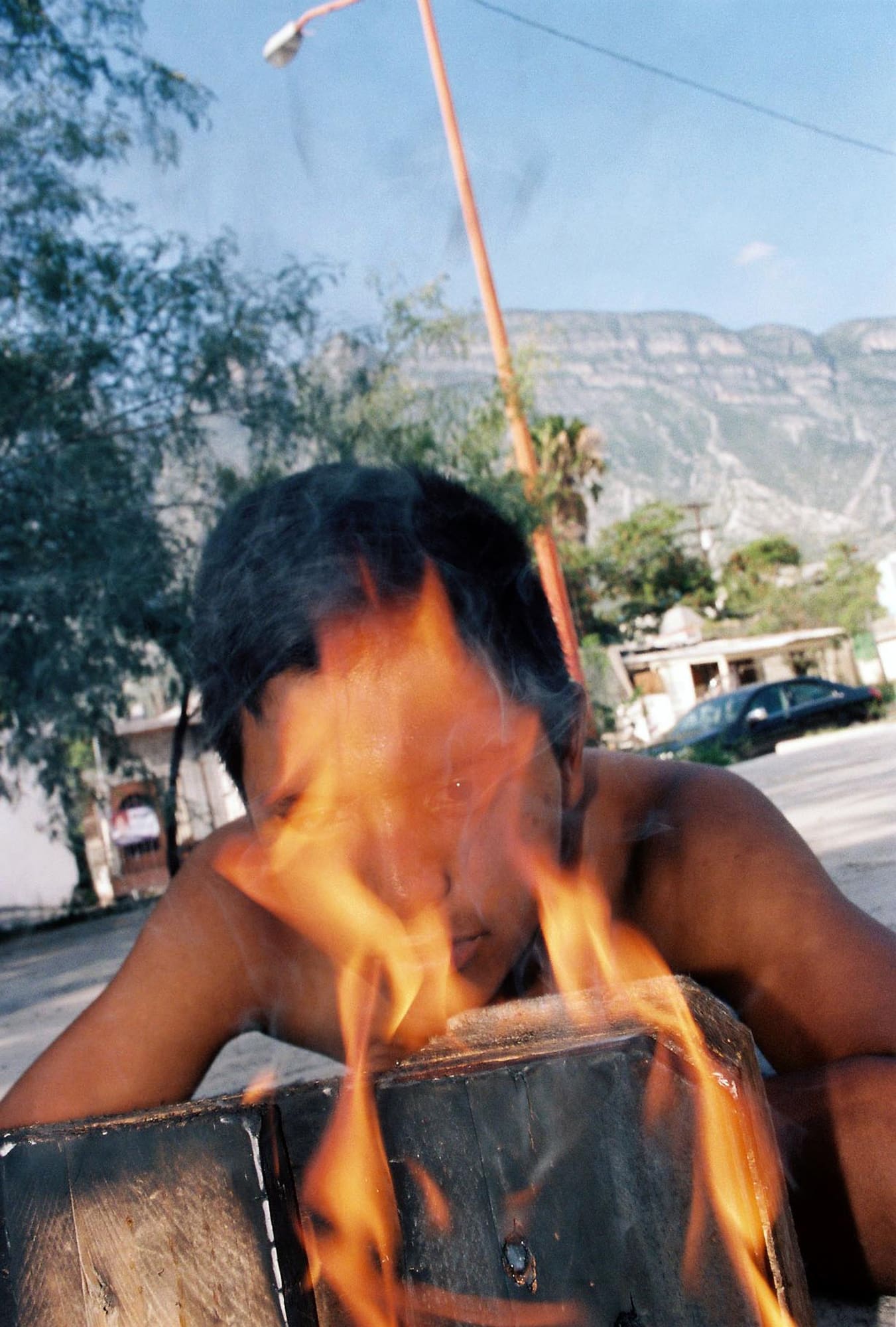
How do you understand migration?
I’ve been working on this issue for many years and I’ve not been able to close it in a book. I want to do it soon, but I feel like things keep coming out.
I feel migration with these people who embody all those things, such as violence, mental illness or drugs, and who have to survive. I wrote something about it: “Within the cities an army of people travels they have abandoned their homes, their family. One day they are forced to make the decision to leave. Sometimes they have no name. Nobody sees them because they are an affront to their own life and their motives. Their only story is the one they are talking about right now. They don’t have a job. They are the spoils of a system that has failed them, reinventing the imaginary limits that destroy, separate, protect and torture. They live transiting human borders, always trying to maintain balance under psychological stress, dignity and their tenuous physical and moral integrity that they cross daily with the hope of returning. My intention is to make visible this human process that nobody wants to see, that is embodied in the people I portray. “
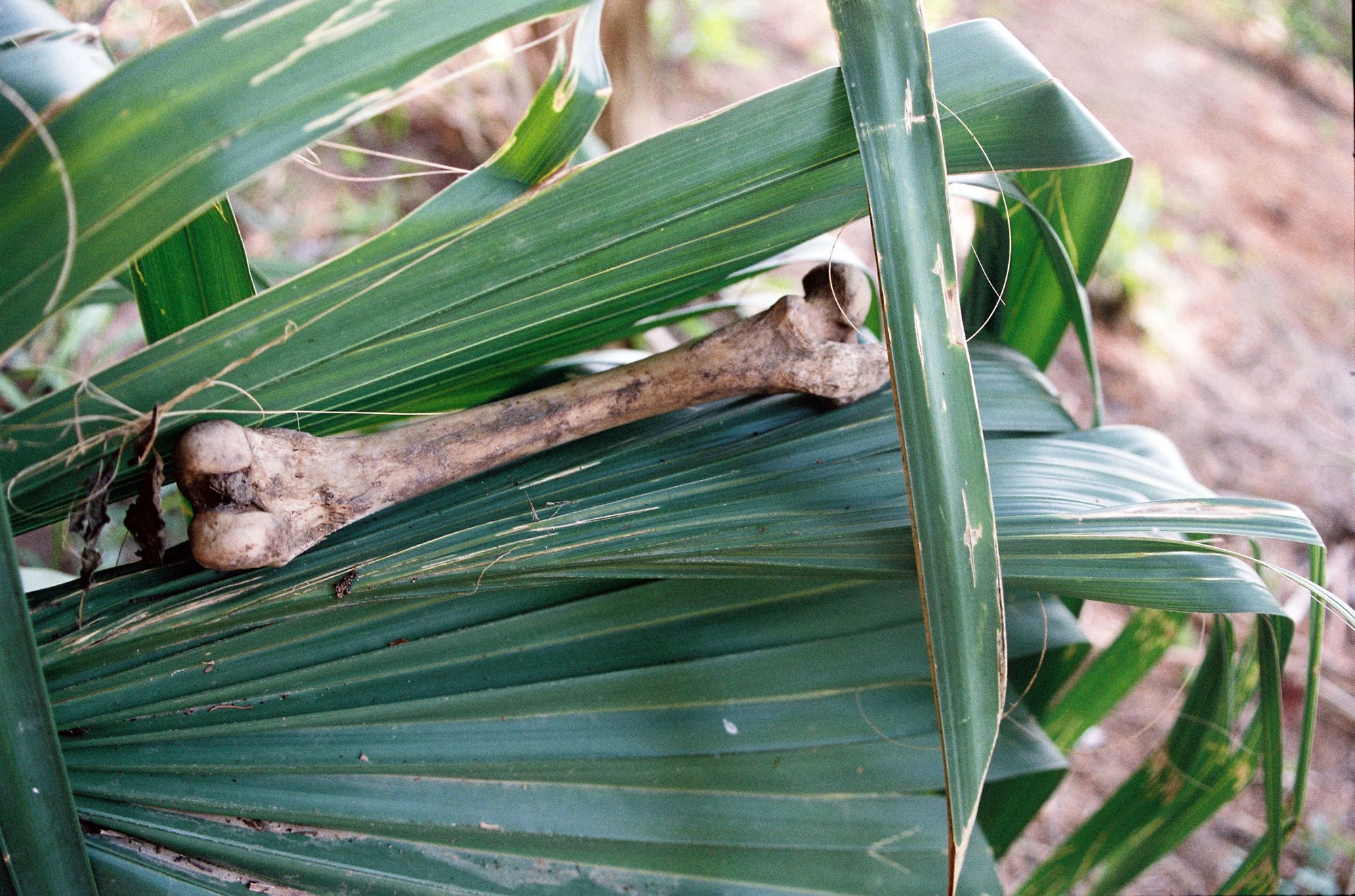
I was traveling through Latin America. In Colombia I photographed Venezuelans and actually crossed the border into Venezuela as a Venezuelan. I took very few photos because I was so impressed. Then I also took pictures of the San Juan River in Mexico, there I found a bone. It is a place where human remains are commonly found. I also took photos in Dallas and it was one of the moments when I exposed myself the most. I don’t do that anymore.
In my photos I want to show all the themes related to migration: the violence to which they are exposed; the mental illness that is part of the lives of many of them, or their relationship with drugs. Throughout this process I have received the help of my teacher Eduardo Ramírez. He helped me to specify some of the texts. He suggested that I consult the Diccionario latinoamericano de estudios culturales, which has been very important in the conceptual foundation of my work.
Antenas are watching all around the people who know how to fight.
The breaking was bad but you would survive if you give your back to all of the death flies.
The rainbow hit hard I wanna lay down back on the horse I run a round.
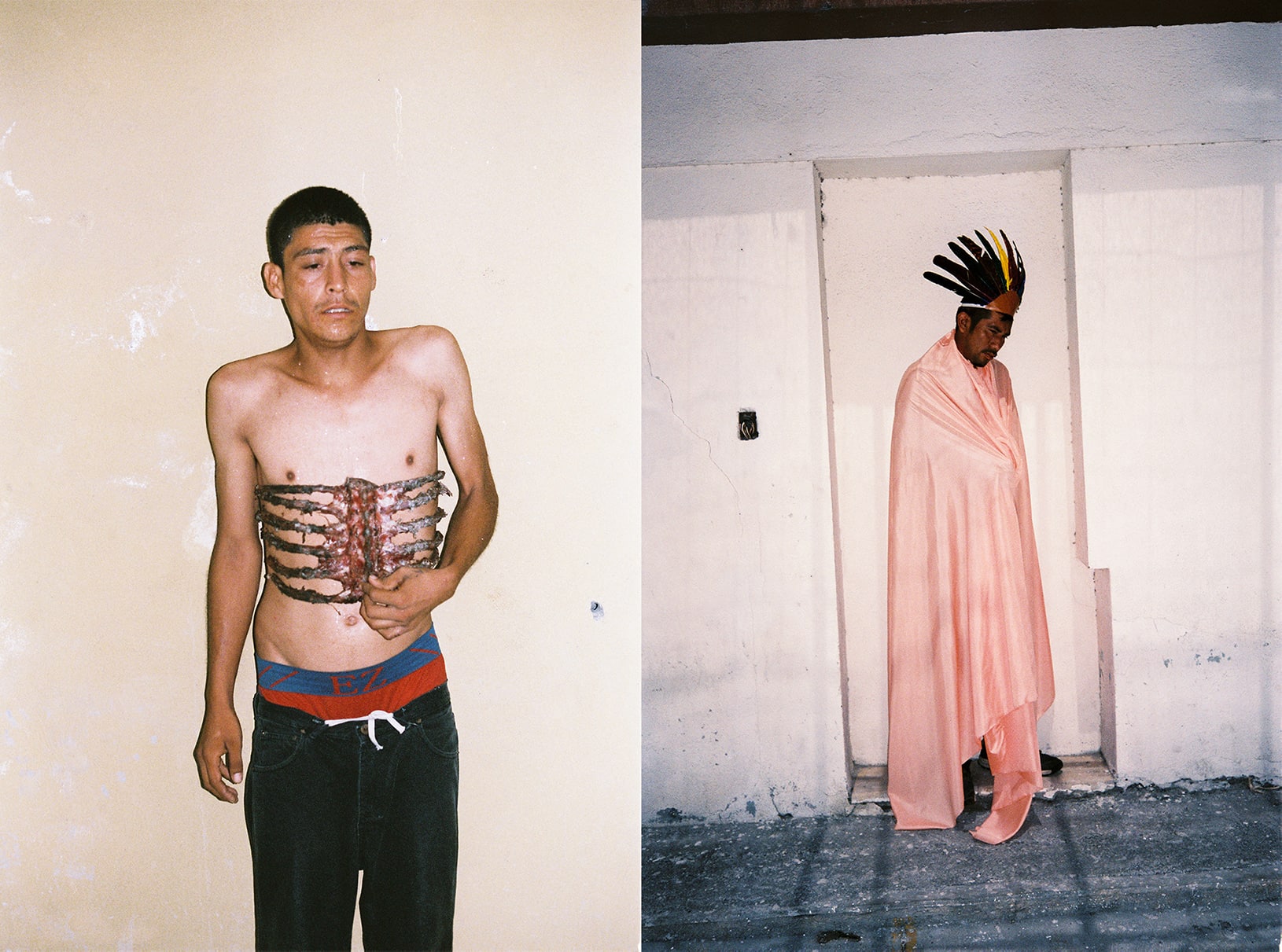
In Every night temo ser la dinner, you worked with migrants but the topic was not migration.
No, it was my life, my everyday life.
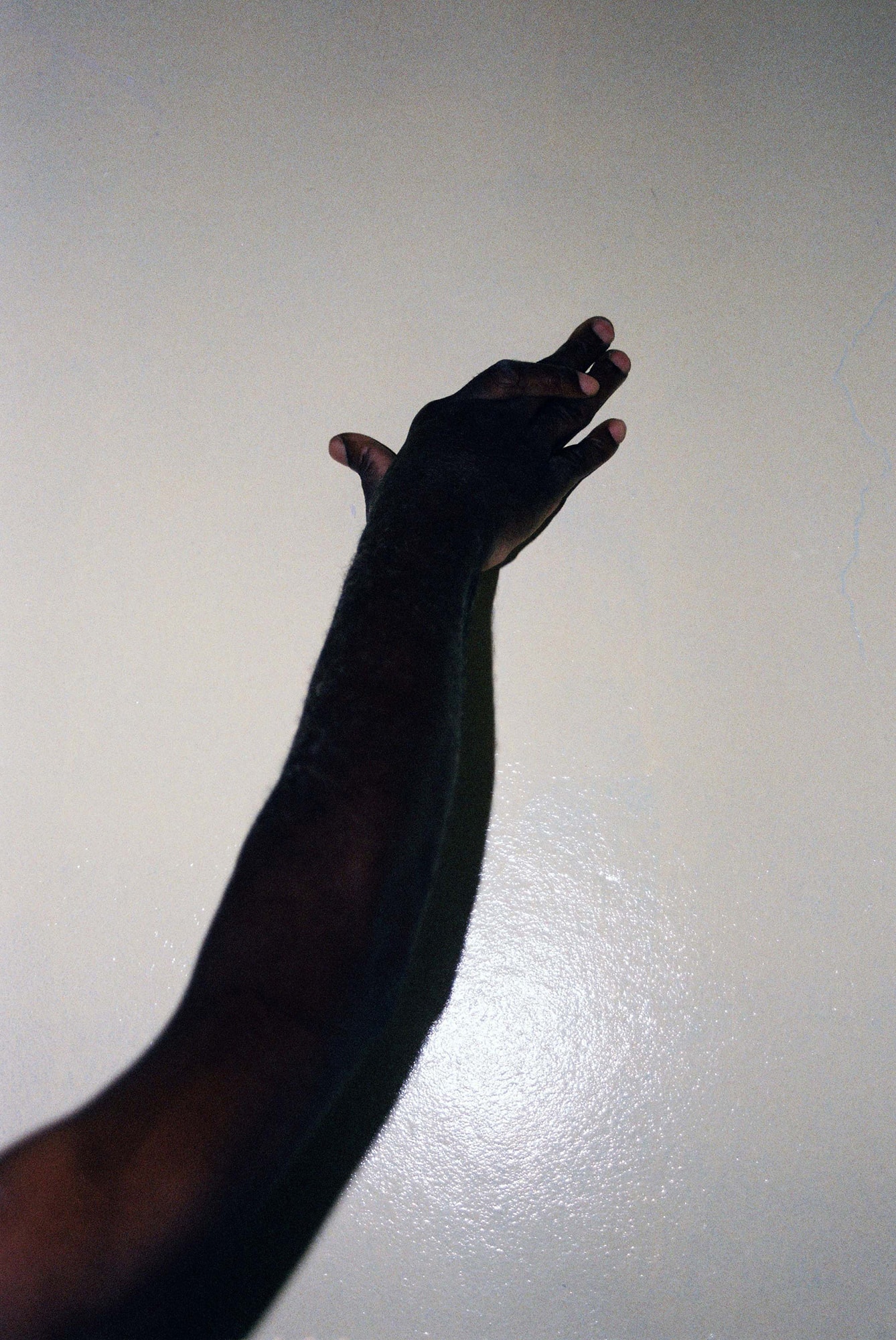
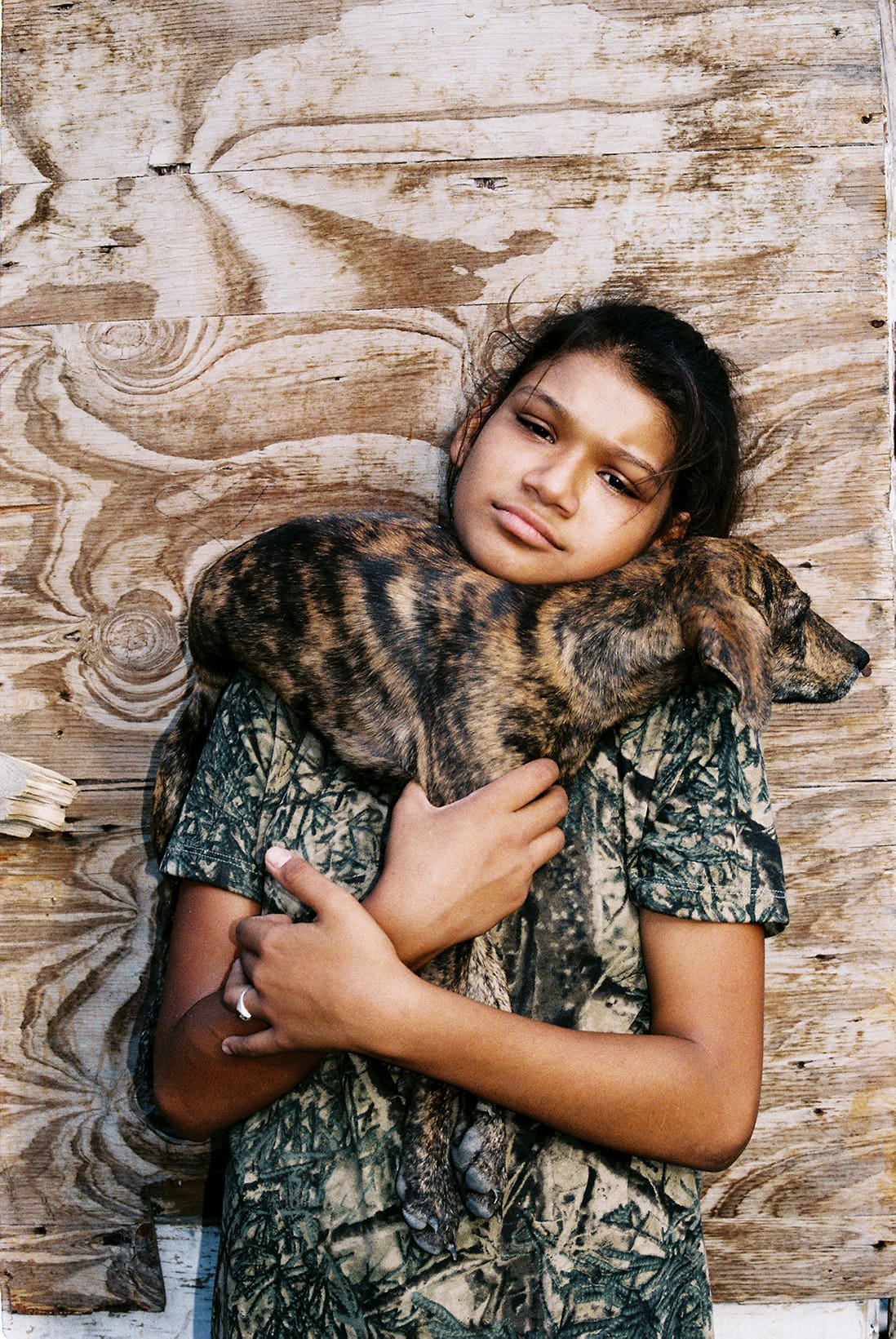
When you talk about your work, you talk a lot about performance, how does that work?
It always works differently. But for example, I bring an idea, a semiotics that I saw that I want to use. It is at someone’s house. And he starts to perform in front of my camera with these objects that I want to use for the photos. And he is acting, deciding how he wants to see himself or how he wants to portray himself. Sometimes I carry things, for example, in the photo of the chupacabra. There I took the cow legs, including the sweatshirt, I tried to prepare it a lot. In the end I selected this photo that was less perfect, in motion. I make many images of the same series and then I select.
The donkeys make love, they are not afraid of the men without a face, the two cow hands are hunting around the mexicans. Chicanos for good don’t drink cocacola you must prepare the white formula.
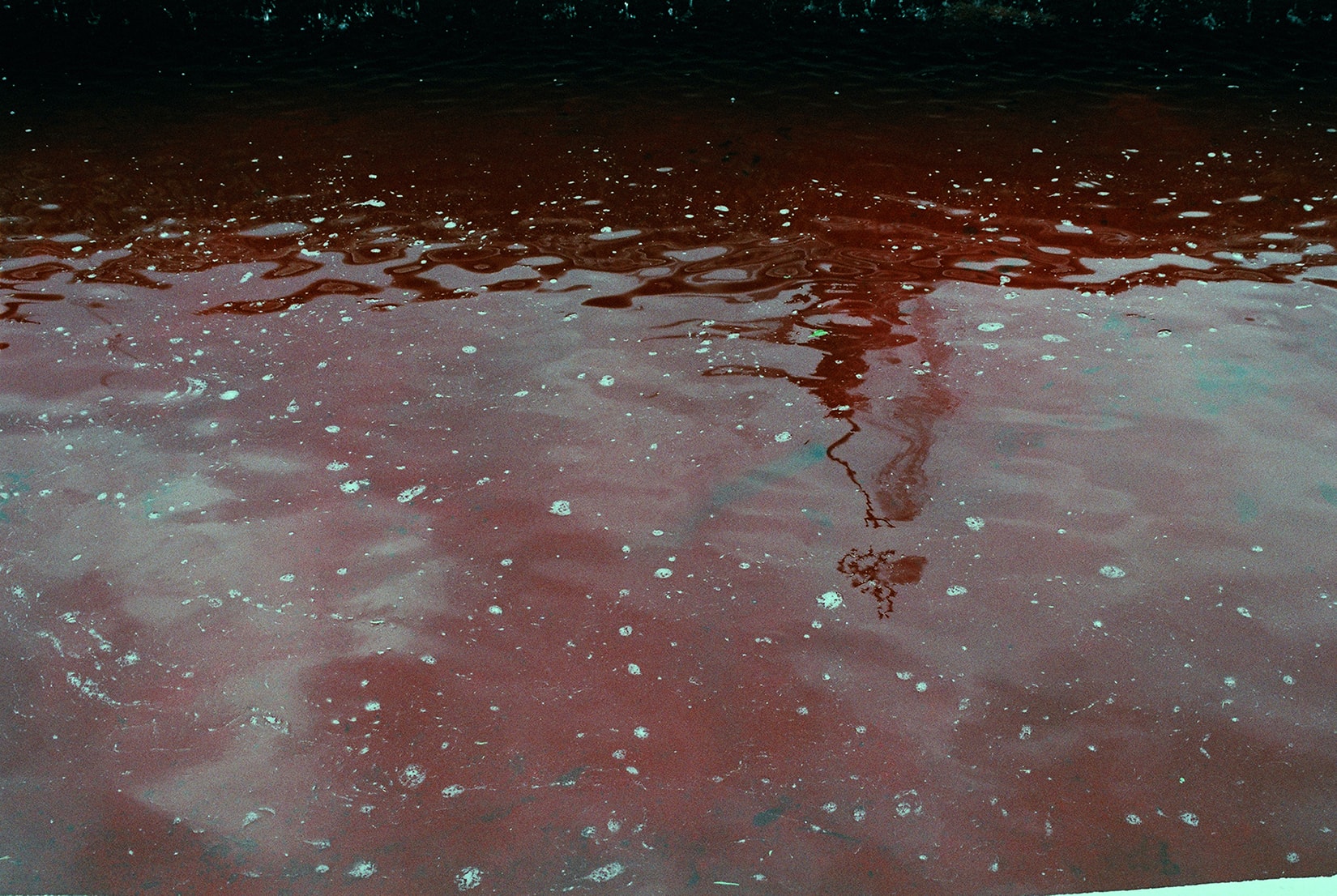
How do you choose the photo? Do you follow a story or check the archive afterwards?
It depends on the day you are editing too, how upset or calm you are, how much you need to dance or enjoy, I don’t know. There are easy photos to select, like the one of this boy, throwing his drug and lighting up.
Right now I’m reviewing the archive, I really like to go see what was happening in 2016. Suddenly I found this photo as more in motion. It depends on what you are looking for, unless it is something already closed. But it also has a lot to do historically, politically, where we are.
A golden egg between your legs don’t pressure too much cause it could brake, Banana leaves protecting your bed from all type of bugs, the fire instead will help your sake and stay on this side cause the pig won’t forget.
Laying in bed two black men don’t go away I just prepare.
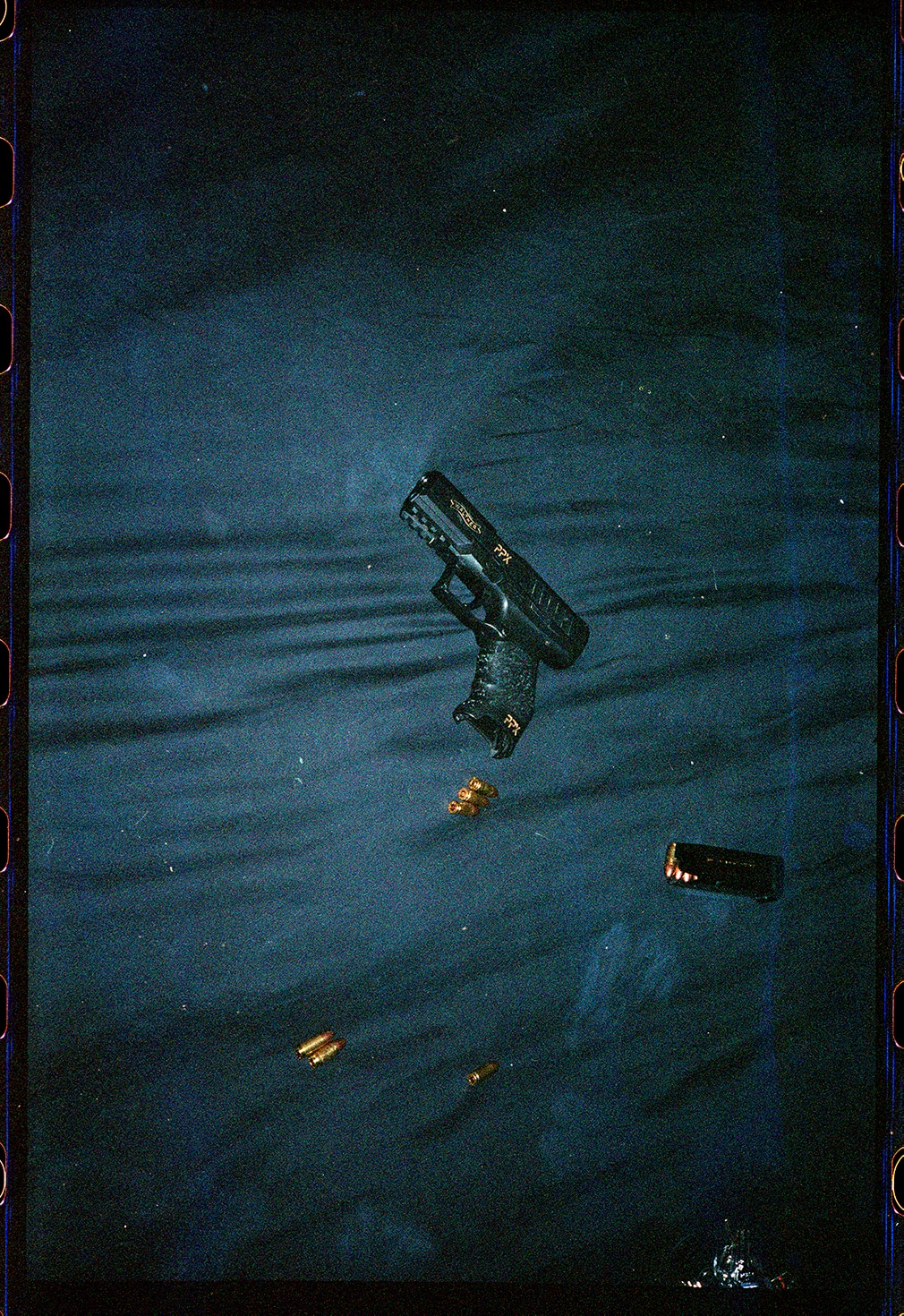
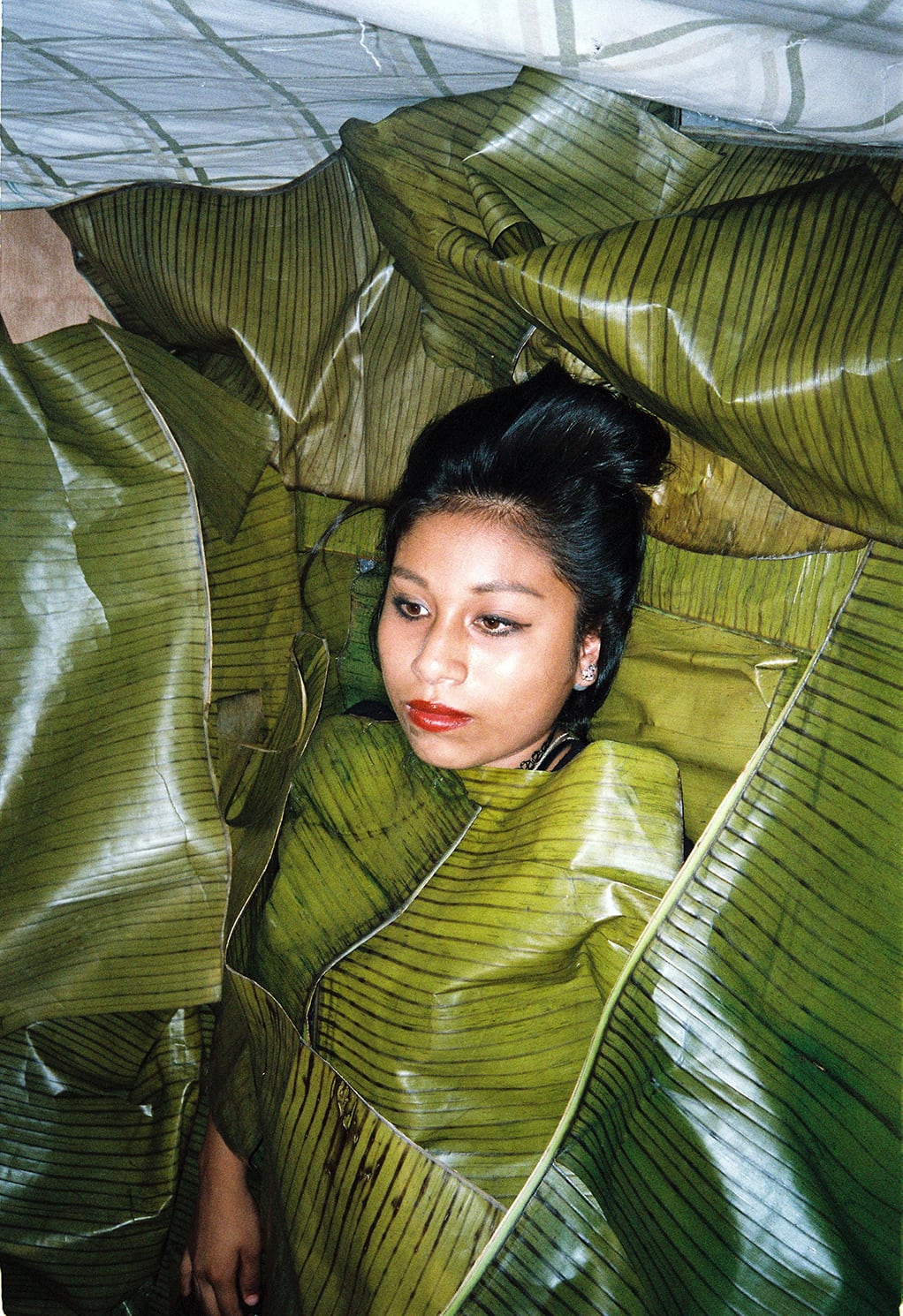
In this perspective that you propose of migration, one might think that madness is a form of migration. Of mental zones, as you say, of languages. In your photos, I do not know if you see madness, but there is a certain disturbance.
Many times in madness, your brain sends chemical signals that you are in danger, you are in danger. Even if you are not. I no longer expose myself so much when taking my photos. Well, in Dallas I didn’t know if I was going to come back alive.
Well, right now I don’t do those things anymore. But the same thing happens with the photos a bit, for example the one with the bones is like “oh, what is happening here?” How to play with history, fiction surrounds you.
Yes. I mean, I feel like it’s that state. And they are also in constant danger during the journey and then continue to see how you are going to earn a living or how you are going to survive there.
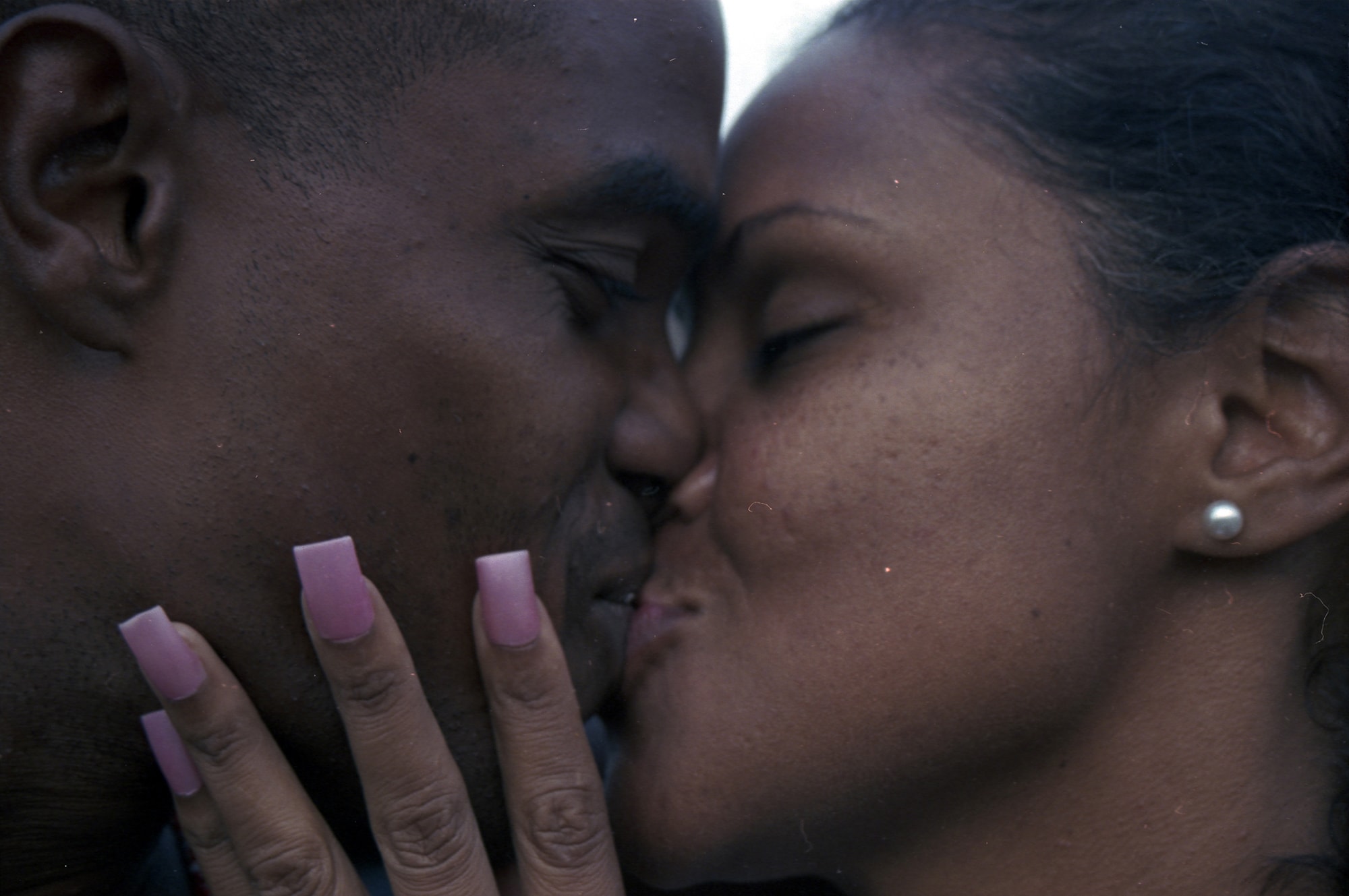
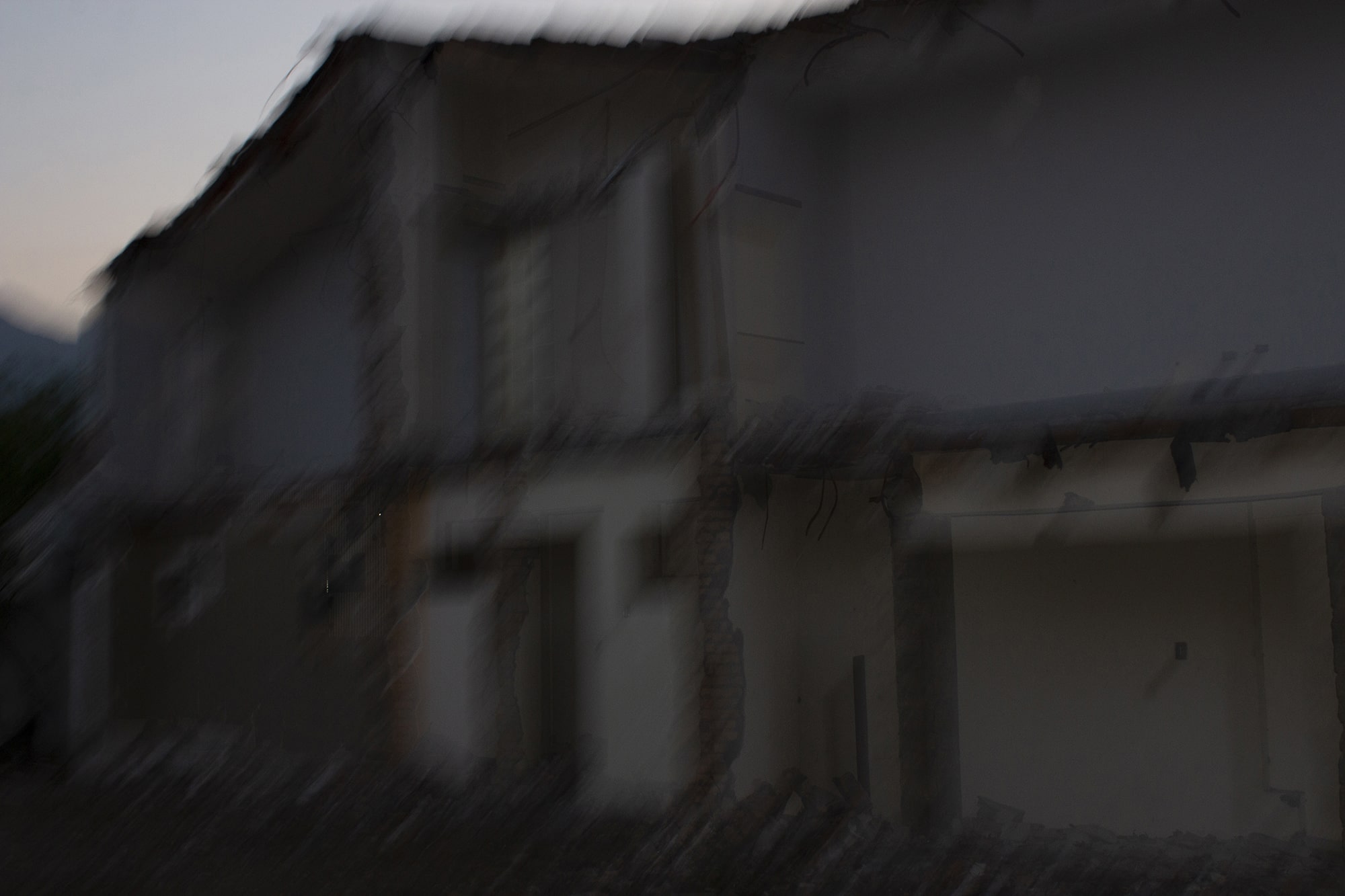
Is better to stay on the right way, other wise you’ll be just weight.
There is too much pain that won’t go away, please take care of your own self


